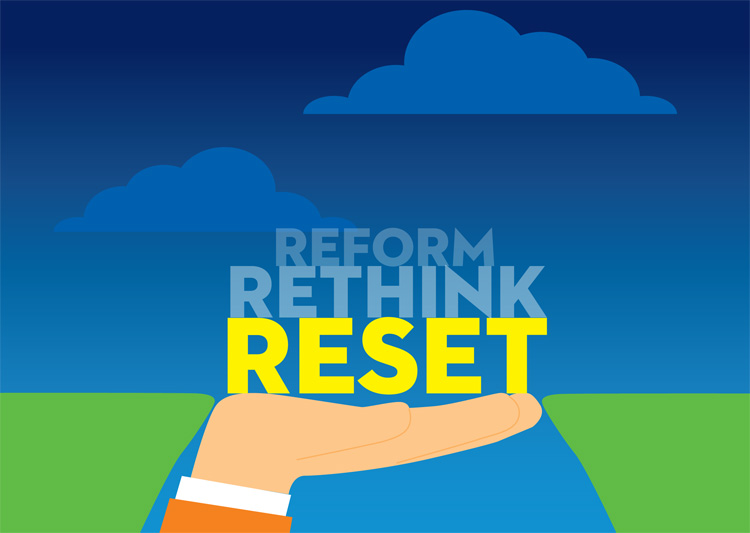INDIAN ARMED FORCES CHIEFS ON
OUR RELENTLESS AND FOCUSED PUBLISHING EFFORTS

SP Guide Publications puts forth a well compiled articulation of issues, pursuits and accomplishments of the Indian Army, over the years

I am confident that SP Guide Publications would continue to inform, inspire and influence.

My compliments to SP Guide Publications for informative and credible reportage on contemporary aerospace issues over the past six decades.
Defence Offsets
India has tremendous growth potential in the aerospace and defence industry. Offsets can be a medium to harness this potential, but only if they are Reformed, Rethought and Reset.


For any country with which Boeing does business, we are committed to working with our customers to support industrial engagement programs. We work closely with them to develop programs that are tailored to their unique short and long-term needs, goals and objectives and that support the creation of long-term, meaningful partnerships. Over the past 35 years, we’ve successfully created industrial engagement programs totaling close to $50 billion in nearly 40 countries.
On the surface, offsets seem like a beneficial way to strategically grow the national aerospace and defence ecosystem while serving as a catalyst for global supply-chain competitiveness. In India they’re viewed as an initiative to deliver significant economic benefit by providing skilled jobs, growing investments, enabling the transfer of advanced technologies into India, and most of all contributing to economic growth across the country. However, global Original Equipment Manufacturers (OEMs) are finding it difficult to fulfill their offset obligations due to the way they’re currently administered. In reality, offsets in India are prescriptive, have an narrow vision and carry an administrative burden of onerous volumes of documentation and long bureaucratic approvals.
In reality, offsets in India are prescriptive, have an narrow vision and carry an administrative burden of onerous volumes of documentation and long bureaucratic approvals
These challenges have resulted in the dissatisfaction of stakeholders involved. The government is not seeing the scale of foreign direct investment (FDI) they had envisioned, suppliers are not happy because they haven’t experienced what the offset policy initially promised, and OEMs are wary, and find it difficult to discharge offsets, which result in huge financial liability on their books.
Globally, Boeing recognises that the most beneficial offset policies have common characteristics such as:
- Incentivize and award credit based on long-term economic gains and value models
- Align to country strategy vision (non-transactional) and prioritise innovation
- Define processes with predictable schedules for credit award
- Empower the offset authority to negotiate, as demands dictate
- Have non-punitive penalties
To truly unleash the potential of offsets in India, a new approach is required, we call it Reform, Rethink and Reset offsets.
The first step requires REFORM to the policy that’s already in place. The recommendations are:
- Create capacity to efficiently manage and monitor defence offsets; align to Digital India and allow for digital submissions
- Extend the period of performance to grow complex, high-technology projects that require significantly longer time to execute v/s only encouraging ‘low-complexity, low value’ work which can be completed during a typical contract period of 5-7 years
- Help create a skilled workforce, the lifeblood of advanced manufacturing, in India by allowing skill development for discharging offset obligations.
- Allow uncapped participation by OEMs’ Tier-1 suppliers to enable India to become a global center of excellence in areas such as avionics, jet engines, radars, etc.
- Allow group and subsidiary companies of the OEMs to participate in offset activities as often Intellectual Properties sit in group companies and subsidiaries of OEMs.
- Allow a practical definition of the India value addition to grow sourcing of sophisticated components such aircraft engine parts for which raw materials are not yet available in India.
- Modify the penalty clause to be more in line with global standards, evaluated at program completion and liquidation; allowing OEM’s to better assess and manage risk while removing the uncertainty from offset implementation.
The second step is to RETHINK how the offset policy can be aligned with a larger vision of growth in India. For instance, the government could incentivize FDI in the aerospace and defence sectors by providing a balance offset multiplier. Low multipliers will provide very little incentive to global OEMs to make investments for offsets, whereas very high multipliers would not create the desired economic impact. Offsets should also be allowed for future products that are built as a result of this investment. Providing offsets for only the investments made can result in the development of orphan projects. This Rethink step should be holistic which encourages OEMs to create a complete ecosystem for development of aerospace and defence industry in areas such as R&D, engineering, manufacturing and follow on support.
Rethink step should be holistic which encourages OEMs to create a complete ecosystem for development of aerospace and defence industry in areas such as R&D, engineering, manufacturing and follow on support.
The third step, RESET, is focused on evolving offsets so they can advance beyond a tactical administrative exercise of paperwork and approvals into a strategic initiative focused on meeting future objectives of the Indian government and industry. The government could set a vision of what is needed in India, and the global OEMs could then partner with the government and local industry to deliver on this vision by creating capabilities and opportunities within the country. This could result in a mutually beneficial outcome for all stakeholders – including the Indian government, Indian industry and global OEMs.
India has tremendous growth potential in the aerospace and defence industry. Offsets can be a medium to harness this potential, but only if they are Reformed, Rethought and Reset.
The writer is President of Boeing India and Vice President of Boeing International, and he also serves as Managing Director of Boeing Defence India.





